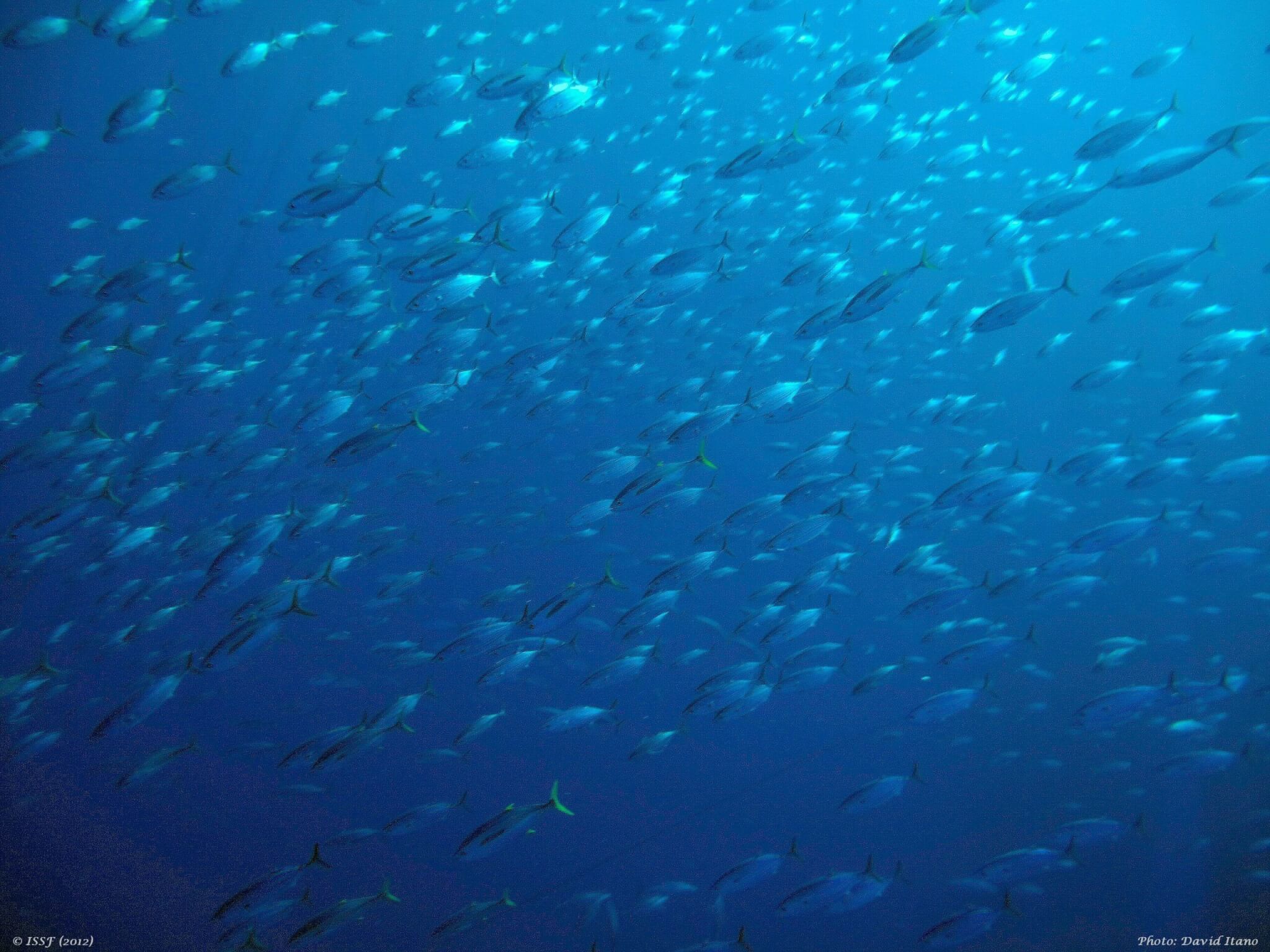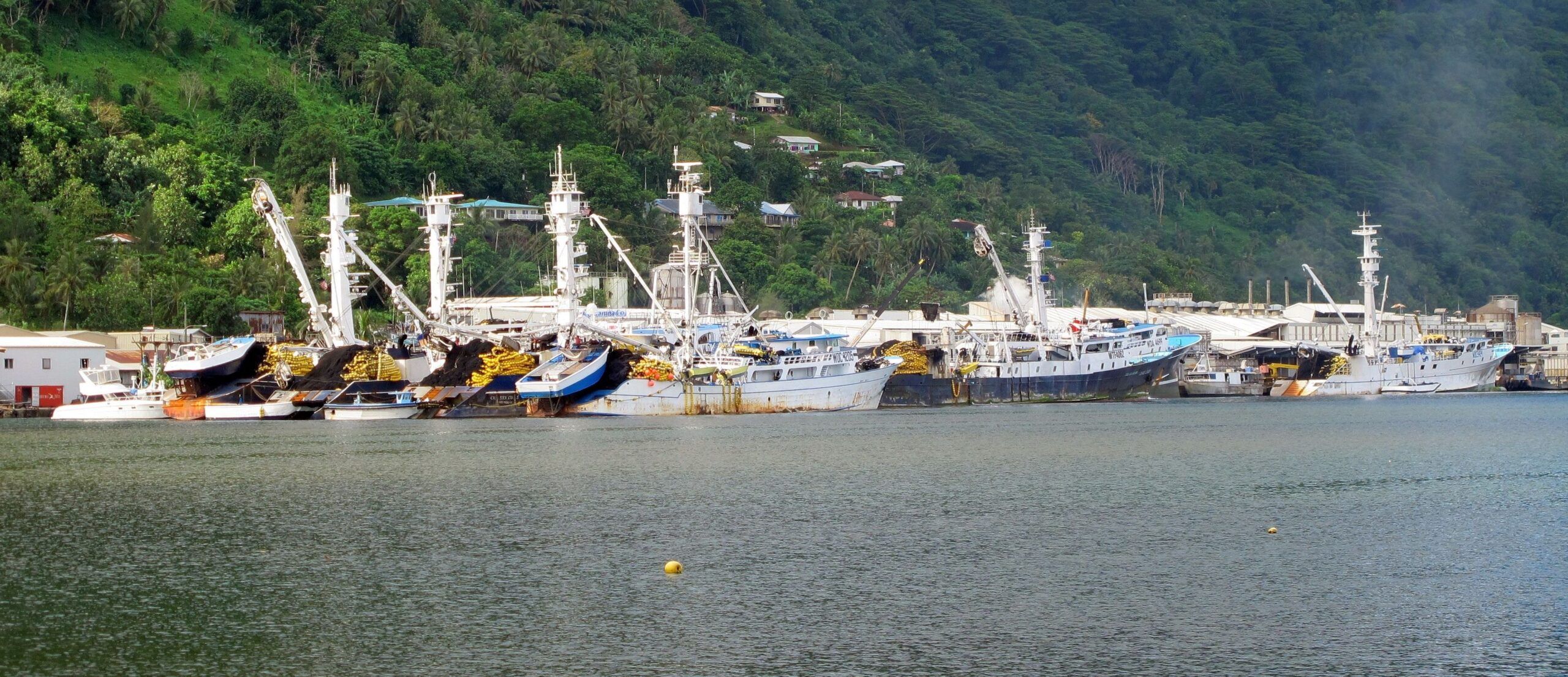Measuring Progress On Sustainability Commitments | PLUS Meet the ISSF Participating Companies
Featured Content
ISSF Participating Company Compliance Report Shows 99.1% Conformance with ISSF Conservation Measures
The International Seafood Sustainability Foundation (ISSF) released its Update to ISSF Annual Conservation Measures & ProActive Vessel Register Compliance Report in November 2024, and it shows a conformance rate of 99.1% by 23 ISSF participating companies with all 33 ISSF conservation measures in effect.
This report updates the ISSF Annual Conservation Measures & ProActive Vessel Register Compliance Report published in June 2024 and reflects efforts by ISSF participating companies to improve on those instances where less than full compliance was achieved. Remedial audits, if any, take place between June and October each year against measures for companies with minor nonconformance or major nonconformance.
Following the remediation period since the annual compliance report in June 2024, 17 of 23 companies fully complied with 33 audited measures, five companies had one minor non-conformance, and one had two minor non-conformances. The 99.1% conformance rate is a slight increase from 98.95% in June.
ISSF participating companies work with ISSF to advocate for improved fishery management, fund scientific advancements through research and expert analysis, and take direct action to encourage the adoption of responsible fishing practices — all while committing to a suite of conservation measures aimed at improving the long-term health of global tuna fisheries.
Meet the participating companies
Quote of Note
“In an era when sustainability pledges in the private sector are becoming increasingly commonplace, ISSF participating companies continue to stand out in their commitment to a rigorous, transparent audit and compliance process,” said ISSF President Susan Jackson. “We cannot take for granted the value of this consistent, public reporting on the business practices of the world’s leading tuna companies.”
Featured Video
Building on Our Successes – Transparent Accountability
ISSF President Susan Jackson discusses how ISSF is making transparent accountability in the global tuna industry possible.









